Bristle fiber also derives from natural coconut husks, and they are the best quality selected long fiber from the raw output. Coconut husks are retted – dipped in water to soften – in water for periods. Then they are put through a machine to get long, stiff fibers, and they are cleaned and dried afterward. Bristle fiber is identified as 1-Tie Fibre. Then we will further hackle and group into 2-Tie and 3-Tie based on the length and the general condition of Fibers.
Bristle fiber is naturally brown, but it can be chemically colored black, yellow, or white.
Uses of Bristle Fiber
- To manufacture brushes/brooms and tawashi manufacturers.
- To manufacture coir twine
- To manufacture special filters
- To intensify the composition of fiber mixtures in mattress production
- To manufacture banister brush manufacturing
- Using as potting mixes and growing media (Ex: Orchid farmers to use as lining a Vanda basket)
- For car seats and the upholstery industry
|
PRODUCT NAME |
PACKING |
LOADABILITY |
|
BRISTLE FIBER 1-TIE / UNCUT |
25 KG / BAG | 560 BAGS / 40 HC
240 BAGS / 20 GP |
|
BRISTLE FIBER 2-TIE, 3-TIE / UNCUT |
25 KG / BAG |
720 BAGS / 40 HC 320 BAGS / 20 GP |
|
BRISTLE FIBER 2-TIE, 3-TIE / CUT |
25 KG / BAG |
800 BAGS / 40 HC 400 BAGS / 20 GP |
|
BRISTLE FIBER 2-TIE, 3-TIE / CUT |
15 KG / BAG |
1344 BAGS / 40 HC 667 BAGS / 20 GP |
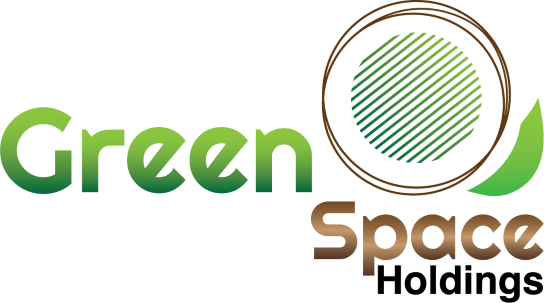

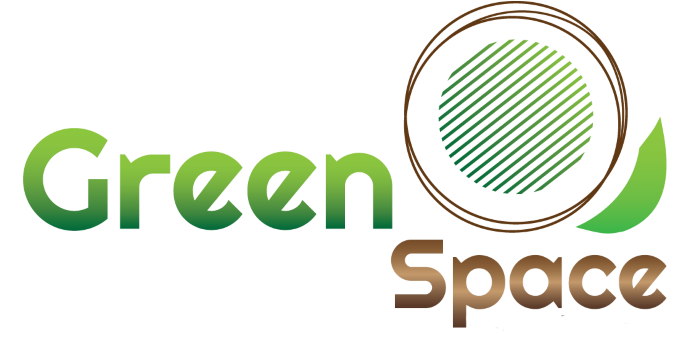
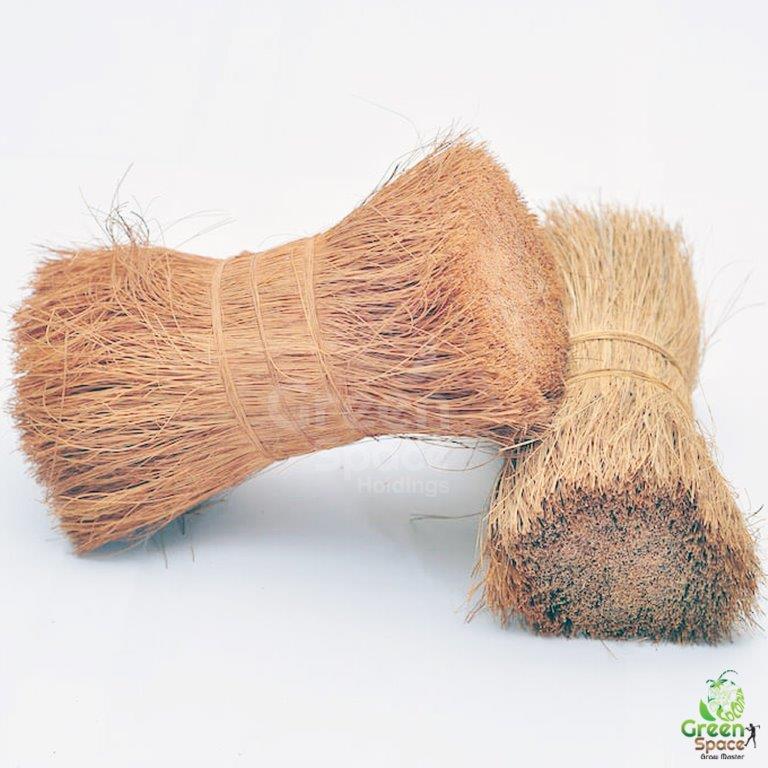
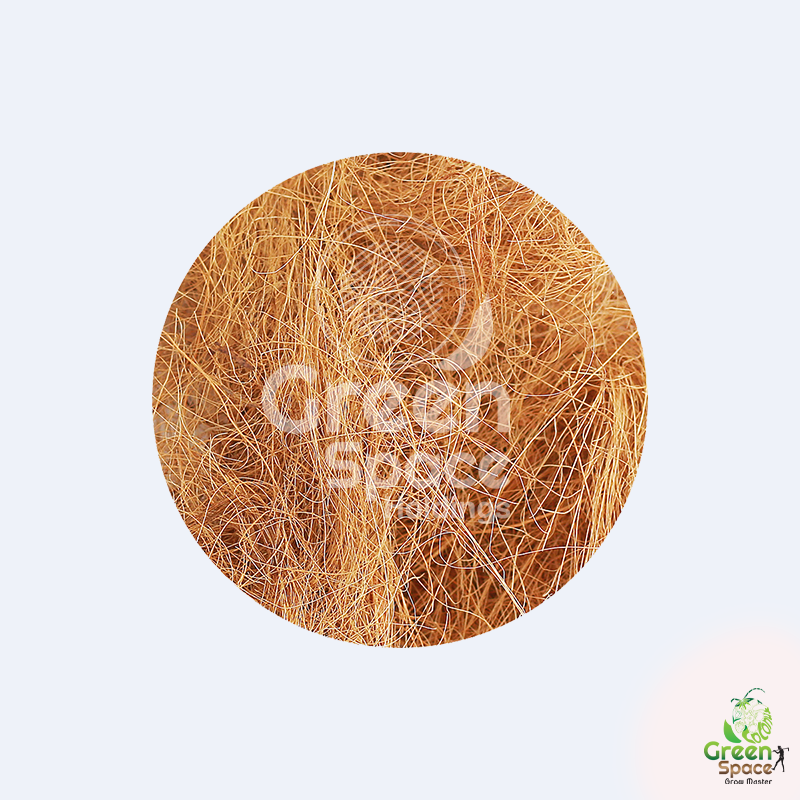
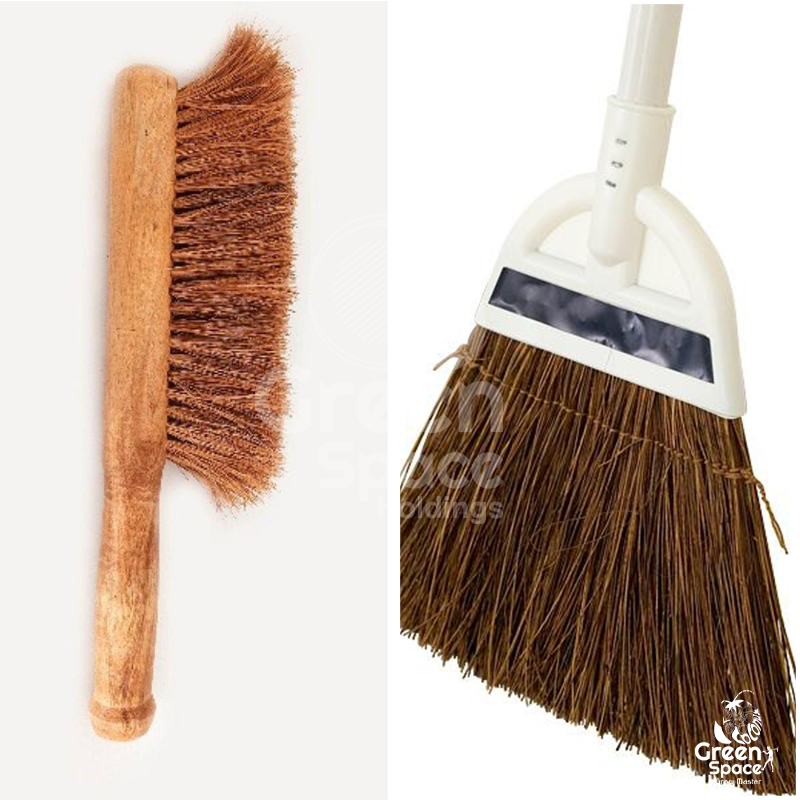


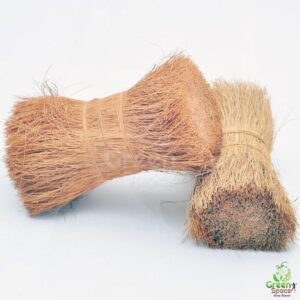

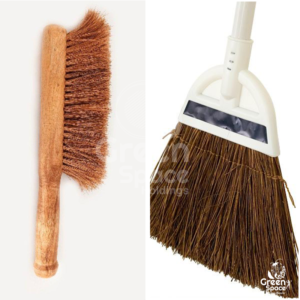
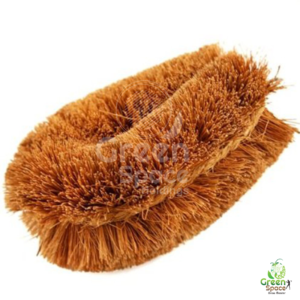
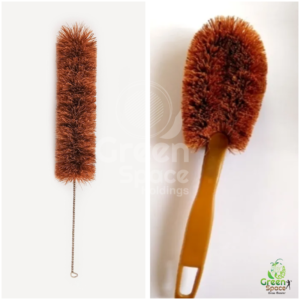

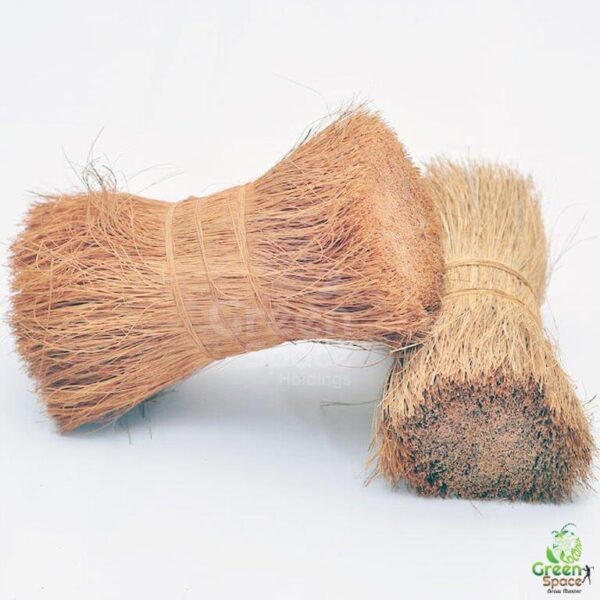
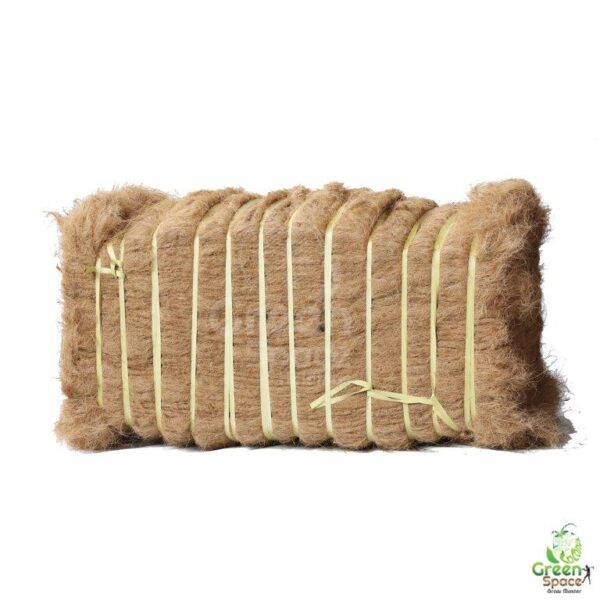
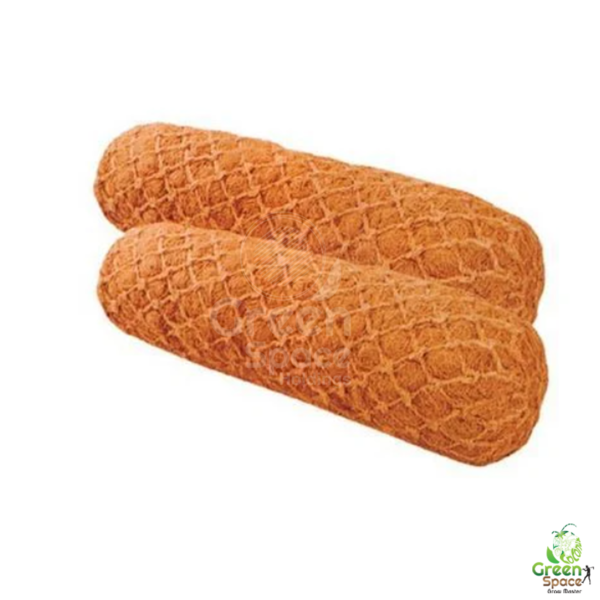

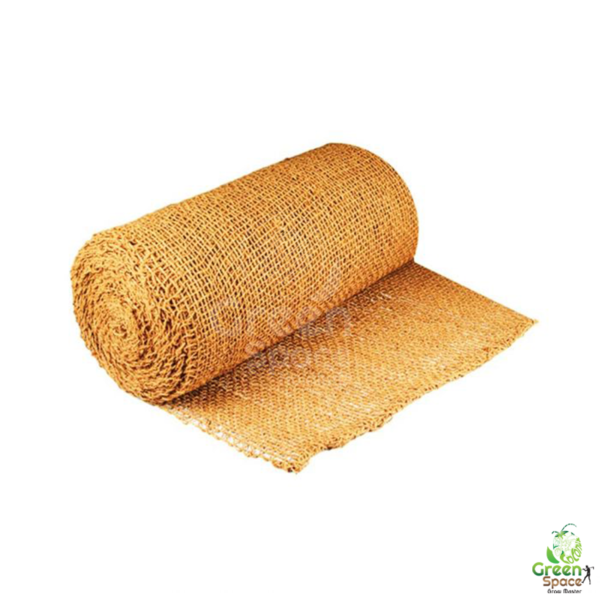

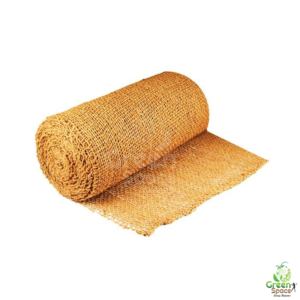
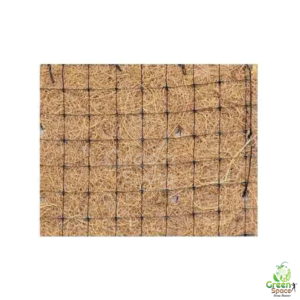
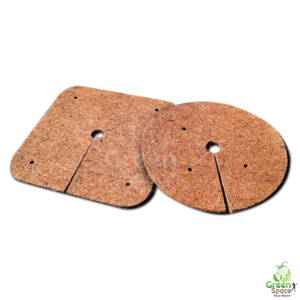
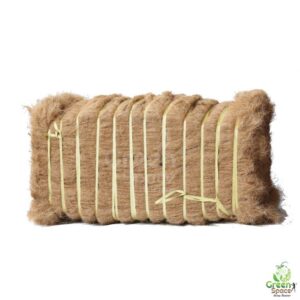
Reviews
There are no reviews yet.